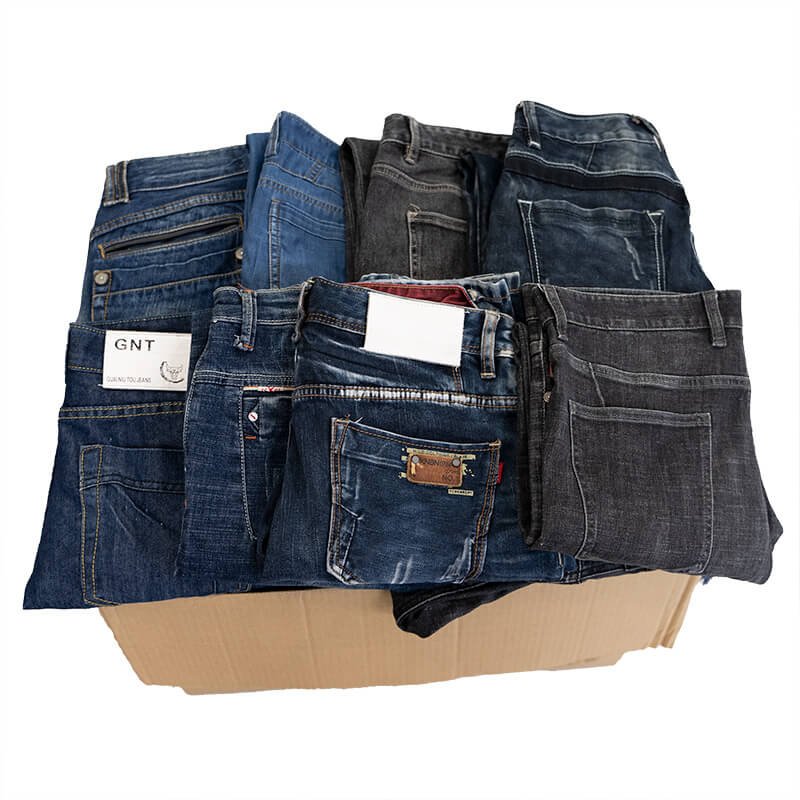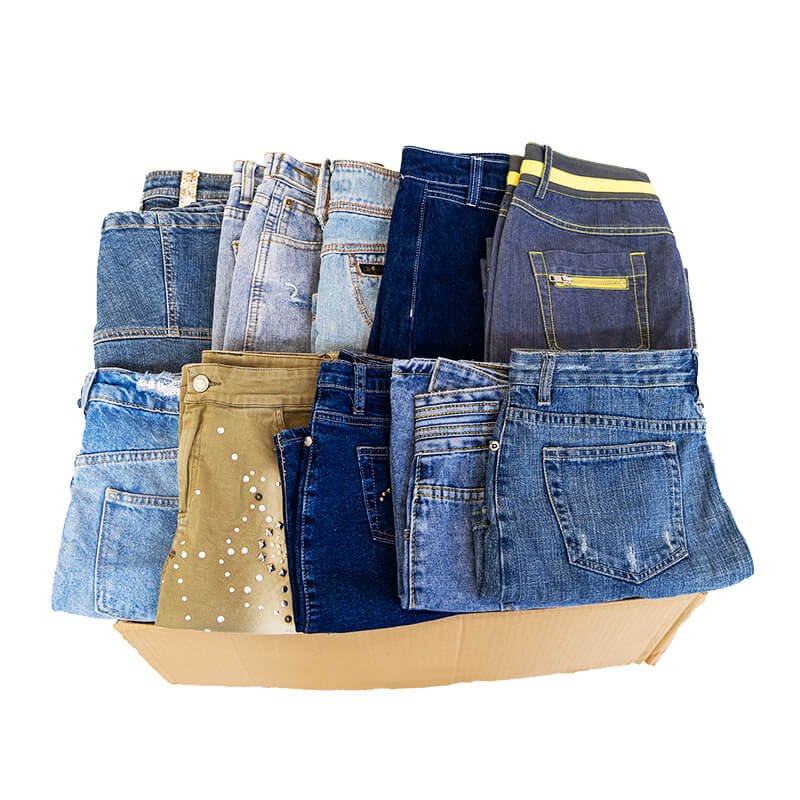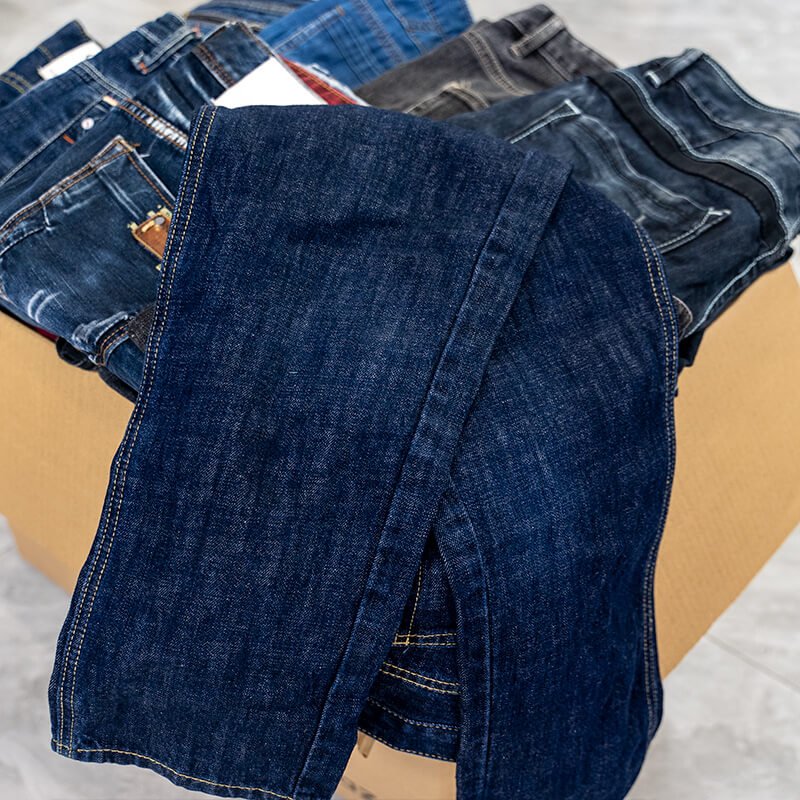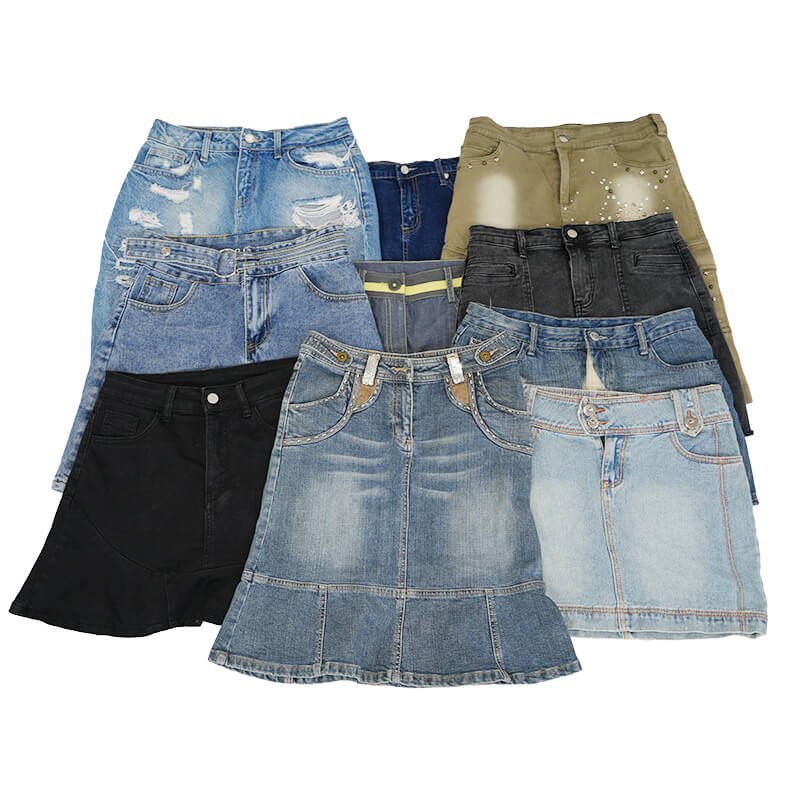相关文章
暂无评论...
In an era where environmental concerns are increasingly at the forefront of global discussions, finding sustainable solutions to reduce our ecological footprint has become imperative.
This article explores the question: Is buying second hand clothes good for the environment? By examining the environmental benefits, additional advantages, potential challenges, and ways to maximize the positive impact, we aim to provide a comprehensive understanding of the implications of opting for second hand clothing.
One of the most significant environmental benefits of purchasing second hand clothes is the reduction in resource consumption. The fashion industry is notorious for its intensive use of raw materials, including cotton, which requires vast amounts of water and pesticides, and synthetic fibers derived from petroleum. By choosing second hand garments, consumers decrease the demand for new raw materials, conserving resources and reducing environmental strain.
The production of new clothing, particularly cotton garments, consumes substantial quantities of water. It is estimated that producing a single cotton T-shirt can require up to 2,700 liters of water. By purchasing second hand clothes, we mitigate this water usage, contributing to the preservation of this precious resource.
Purchasing second hand clothes also significantly reduces waste. The fast fashion industry generates enormous amounts of textile waste, with millions of tons of clothing ending up in landfills each year. Extending the life of existing garments through second hand purchases helps to decrease the volume of discarded clothing, easing the burden on landfills and reducing overall waste.
The production of new clothes involves the use of numerous chemicals, including dyes and finishing agents, which can lead to environmental pollution. Additionally, the transportation of new garments from manufacturing sites to retail locations generates considerable carbon emissions. By buying second hand clothes, consumers can reduce the demand for new clothing production, thereby lowering both chemical pollution and carbon footprints.

Second hand clothes are typically more affordable than new garments, making them an attractive option for budget-conscious consumers. This affordability allows individuals to expand their wardrobes without incurring significant costs, promoting a more economical and sustainable lifestyle.
Second hand clothing stores often offer a wide array of unique and vintage items that are not available in regular retail outlets. This diversity allows consumers to find distinctive pieces that reflect their personal style, fostering creativity and individuality in fashion choices.
Many second hand clothing shops are operated by charitable organizations. When consumers purchase from these stores, they not only benefit from lower prices and unique finds but also support philanthropic initiatives. This creates a positive cycle of reuse that benefits both the environment and society.

One challenge associated with second hand clothing is the potential variability in quality and durability. Since these garments have been previously worn, they may show signs of wear and tear. However, careful selection and inspection can mitigate this issue, allowing consumers to find well-maintained items that still have plenty of life left in them.
Some consumers may have concerns about the hygiene of second hand clothes. While this is a valid consideration, proper cleaning and sanitizing can effectively address these concerns. Most second hand stores also take measures to ensure that their items are clean and ready for use.
The selection in second hand stores can be more limited compared to new clothing retailers. This may pose a challenge for individuals seeking specific items or sizes. However, with a bit of patience and persistence, shoppers can often find what they need, especially as the popularity of second hand shopping continues to grow.

To maximize the environmental benefits of second hand clothing, it is essential to care for and maintain these garments properly. By following appropriate washing instructions and repairing minor damages, consumers can extend the lifespan of their clothes, further reducing the need for new purchases.
Purchasing from local second hand stores can reduce the environmental impact associated with transportation. By supporting nearby shops, consumers help to minimize the carbon emissions generated from shipping goods over long distances.
Promoting the environmental advantages of second hand clothing through education and awareness campaigns can encourage more people to adopt this sustainable practice. By highlighting the benefits and addressing common misconceptions, we can foster a broader cultural shift towards sustainable fashion choices.

By embracing second hand clothing and maximizing its benefits, individuals can make a significant positive impact on the environment, contributing to a more sustainable future. Let us all consider the profound effects of our clothing choices and take steps towards more eco-friendly practices by incorporating second hand clothes into our wardrobes.